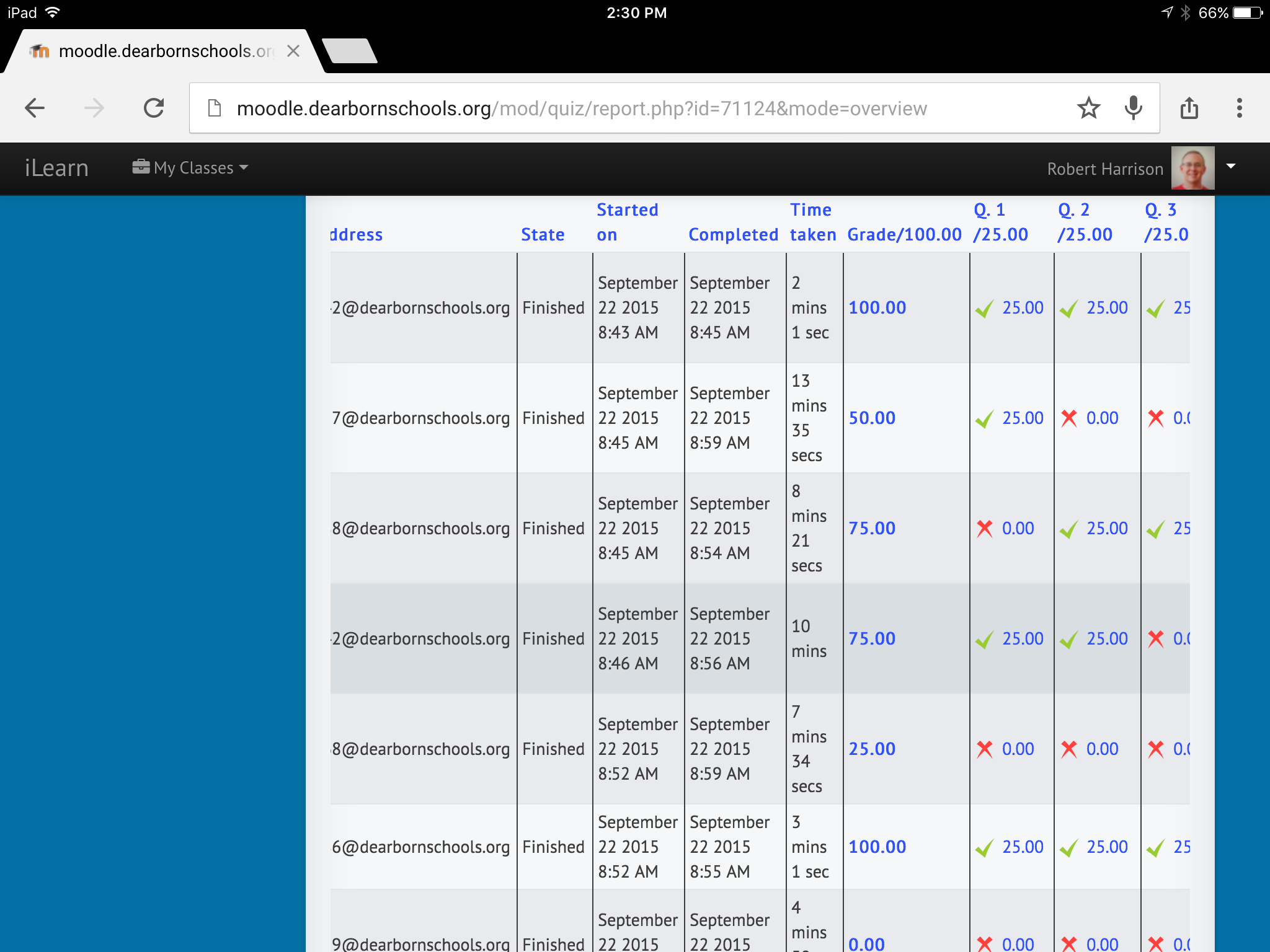The Highly-Versatile, Differentiable, Embedded Assessment-Capable, Student-Paced Moodle Lesson Module
[Read time: 2 min] Lessons using the Moodle Lesson module can range from a very simple, linear progression of pages, to a more complex, branched pathway in which students can opt for different pathways, like the “Choose Your Own Adventure” books of yore. Lessons are self-paced and student-driven. Pages can deliver content (textual, audio, video, or a combination), or they can present students with a question that must be answered. Furthermore, students can be directed to specific pages (such as back to the previous page to look for the answer in the case of an incorrect response) based on the answer given. And, they’re easy to create.



